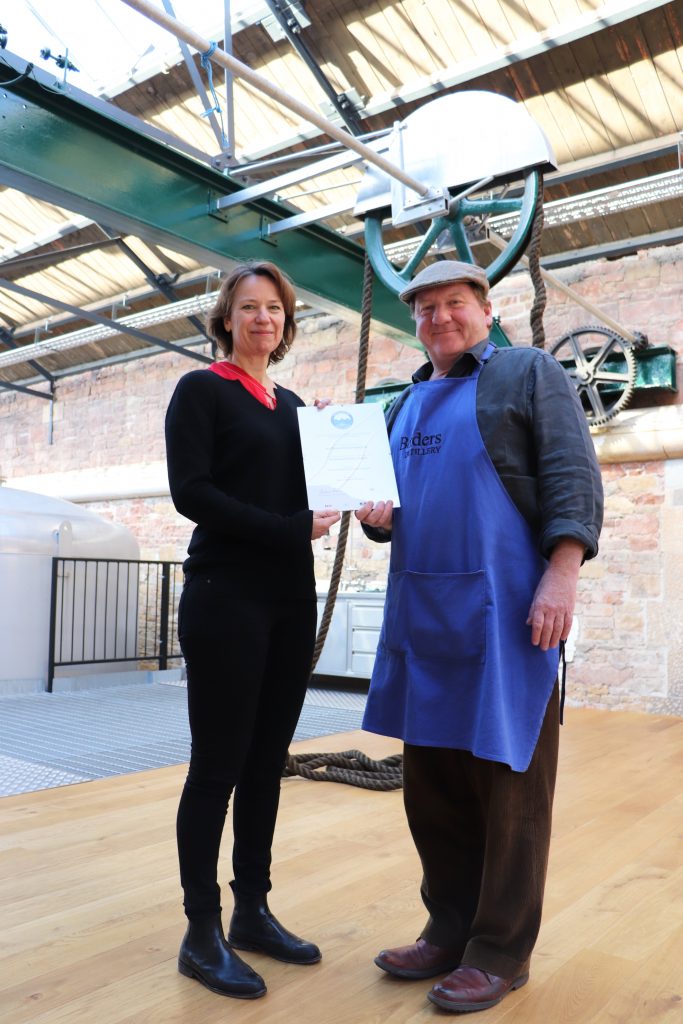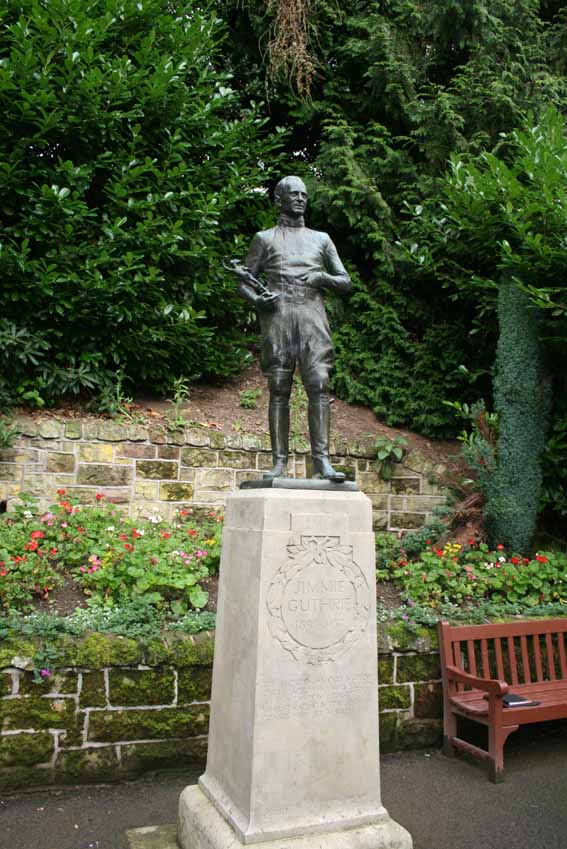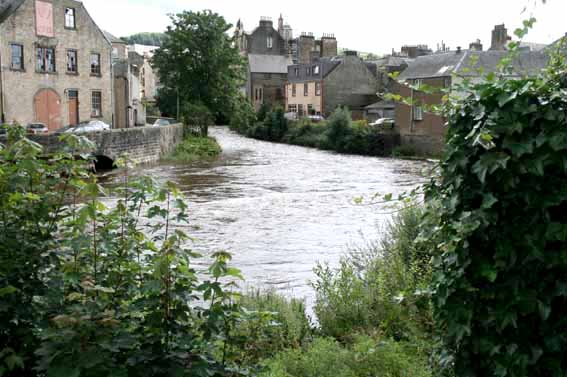
In a town built on solid and stirring traditions, the Hawick community jumped at the chance to stick a new feather in its Scottish Borders bonnet.
Internationally renowned for the manufacture of high quality textiles, Hawick is now at the heart of restoring a Borders tradition that turns the clock back over 180 years.
It was in 1837 – the same year that Victoria was crowned queen and young Oliver Twist made his literary debut - that the region’s only distillery at Kelso closed down.
Now, we are delighted to say, whisky manufacturing is back – courtesy of The Three Stills Company – and the Borders Distillery is proving to be a class act.
Locals and visitors alike were able to follow the old Turnbull and Scott factory in Commercial Road into a superb distillery and visitor centre that quickly received the highest 5* accreditation from VisitScotland.
The building’s modern open plan aspects and all the trappings of a modern distillery have been sympathetically incorporated with original industrial features – a blend that has been very well received and matches anticipation of the distillery’s single malt whisky.

And the work caught the attention of judges in the Scottish Borders in the Borders Building Design Awards for 2018, where it was listed among the best.
The distillery building’s eye catching restoration, led by architects Gray Macpherson of Edinburgh, won the award in the Existing Buildings Commercial category.
Special importance was placed on incorporating original industrial features all the trappings of a modern distillery.
Celebrating success: John Fordyce and Annie Macpherson from Gray Macpherson with the Hawick distillery’s building design commendation
The firm worked closely with the team at The Three Stills Company to develop a modern open plan building.
Distilling started in March 2018, five years after the original idea first started to take shape with John Fordyce, George Tait, Tim Carton and Tony Roberts – a quartet with plenty of experience in the drinks, spirits, and manufacturing sectors.
They all shared a vision to bring distilling back to the Scottish Borders. At Hawick, they agreed, the chemistry was just right.
The Borders Distillery has access to water from the River Teviot for cooling purposes and from an on-site borehole that goes into the spirit. There’s also a ready supply of local barley, essential ingredients for future success.
Distillery tours have become very popular and they take place Monday to Saturday, every hour, on the hour from 10am to 4pm. They are organised for groups of up to 12 people and bespoke tours are available for whisky enthusiasts
The Borders Distillery set up with a core team with huge experience in producing whisky and they are now passing those skills down to a local workforce. The present one-shift operation will eventually graduate to 24-hour production with a workforce of around 18 people.
William Kerr’s Borders Gin is also available from the distillery shop. It is produced from scratch onsite using a small amount of the same new make spirit which is distilled for single malt whisky, making it stand out in an increasingly crowded gin market.
The malty, fruity new make spirit goes through further distillation in a specially commissioned Carter Head still where eleven botanicals combine with the redistilled new make to create a gin of remarkable flavour and quality.
For now, the stills are quietly and efficiently getting on with the main job in hand, working towards the next manufacturing milestone of May 2021 when the Borders Distillery will be able to call its maturing spirit Scotch Whisky for the first time.
The first casks were laid down on May 10, 2018 and the distillery is building six warehouses in Hawick where wood and spirit can slowly interact over time.
To celebrate the return of whisky distilling to the Borders for the first time since 1837, The Borders Distillery is making 1,837 casks containing 200 litres of spirit – potentially 300 bottles of whisky – available to the public for purchase.
And plenty have been taking up the offer, stamping their names on specially imported oak casks that will deliver an exclusive single cask whisky. The cost comes in at £1995.00 and includes storage and insurance for up to ten years. Duty and VAT will have to be paid upon bottling.
The Borders Distillery is a standout award winning visitor attraction and not to be missed. To find out more and book tours … www.thebordersdistillery.com



